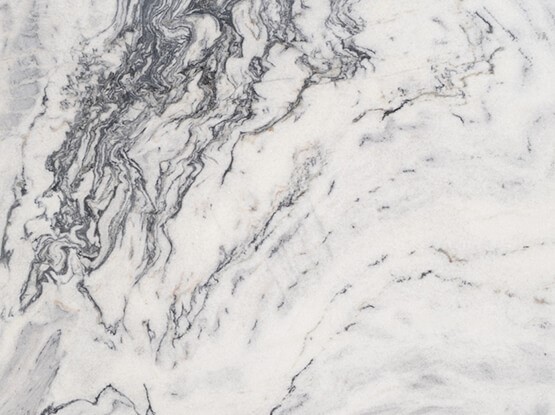Free Courses Sale ends Soon, Get It Now


Free Courses Sale ends Soon, Get It Now



Disclaimer: Copyright infringement not intended.
Context
Details
Special features
What is a geographical indication?
What rights does a geographical indication provide?
For what type of products can geographical indications be used?
How are geographical indications protected?
ALL ABOUT GI TAG: https://www.iasgyan.in/daily-current-affairs/gi-tag
|
PRACTICE QUESTION Q. Consider the following statements about Ambaji White Marble (AWM): 1.AWM absorbs less heat and remains cool even under direct sun exposure. 2.AWM has a whiteness range between 95.8% and 96.3%. 3.The relative hardness of AWM has enabled traditional artisans to carve intricate details, seen in medieval Jain temples. 4.AWM has been used in notable Indian structures such as the Kashi Vishwanath Corridor and the new Parliament of India. Which of the above statements are correct? A) 1 and 2 only B) 2 and 3 only C) 1, 2, and 3 only D) 1, 2, 3, and 4 Answer: D |
SOURCE: indiatvnews
© 2024 iasgyan. All right reserved